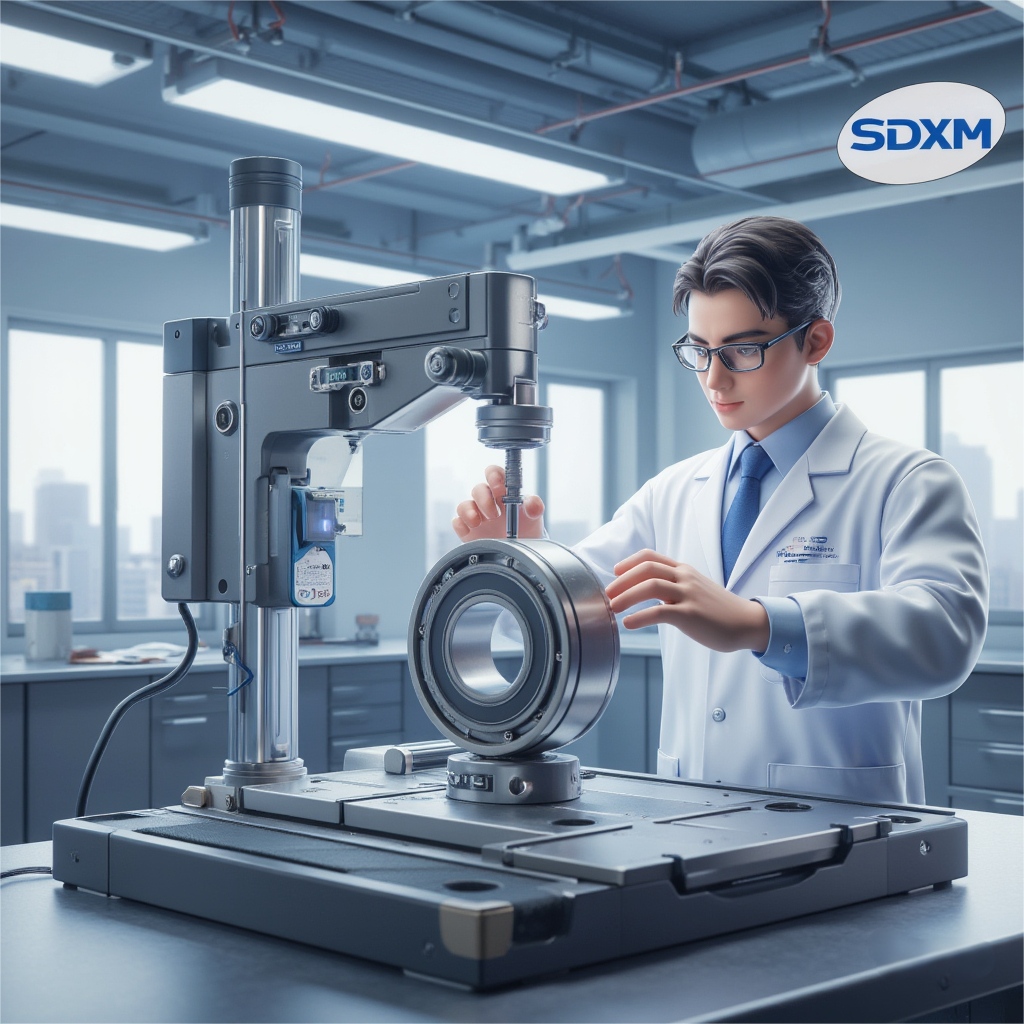
Sales Hotline:
+86-13793088586
Sales Hotline:
+86-13793088586bearings are known as the "joints" of mechanical systems, but the key to their lifespan lies within the material, often invisible to the naked eye: their hardness after heat treatment. Hardness is the primary indicator of bearing performance. If it falls short, no matter how sophisticated the structural design, premature failure is inevitable.

Why is hardness so critical?
Bearings are subject to high-frequency alternating loads and frictional wear during operation. Their fatigue and wear resistance are directly dependent on the surface hardness of the material. For common rings, for example, the standard requires a Rockwell hardness (HRC) between 58 and 65. Steel balls, due to their higher contact stresses, typically require a hardness of 62–66 HRC. Rollers vary slightly depending on the material and intended use, but are generally no less than 60 HRC. These values are not arbitrarily set; they represent performance thresholds verified by extensive experimentation.
If the hardness is too low, the material is more susceptible to plastic deformation or indentation, leading to pitting and spalling. If the hardness is too high, the material becomes more brittle, its impact resistance decreases, and it can also cause fracture or cracking. Therefore, achieving the "right" hardness range is crucial for long bearing life.
Different parts have different standards
Part type
Common hardness range (HRC)
Main testing methods
Inner and outer rings: 58–65 Rockwell C scale
Steel balls: 62–66 Light-load Vickers or modified Rockwell
Cylindrical rollers: 60–64 Vickers HV30 or Rockwell
It's worth noting that conventional indenter testing can produce errors for parts with large curvatures, such as steel balls. In such cases, specialized surface correction formulas or a Vickers hardness tester for low-load testing are necessary to ensure reliable data.
How to Choose a Testing Method?
Rockwell hardness (HRC): Easy to use and highly efficient, it's suitable for flat or highly curved surfaces and is the preferred method for mass production.
Vickers hardness (HV): Higher precision and smaller indentations make it suitable for thin-walled parts, small rollers, and scientific research and analysis, but testing speed is slower.
In actual applications, the choice should be flexible based on part shape, batch size, and precision requirements. For example, in spot checks of finished products, Rockwell can be used for rapid screening first, and Vickers can be used for verification if any anomalies are detected.

A Real Case Study: A motor manufacturer experienced a batch of bearings experiencing abnormal noise. Disassembly revealed that the retainer was intact and lubrication was normal, but the raceway had visible micro-flaking. Further metallographic analysis revealed that the ring hardness was only 54 HRC, far below the standard lower limit. The cause was an uncontrolled heat treatment tempering temperature, resulting in excessive microstructure tempering. Ultimately, the entire batch of products had to be reworked, resulting in losses of hundreds of thousands of yuan.
This incident illustrates an ironclad principle: if hardness fails, bearing reliability is impossible.
Rather than waiting until equipment failure occurs to pinpoint responsibility, it's better to strictly control heat treatment quality at the source of manufacturing. Hardness testing isn't a formality; it's a "physical check" of the bearing's vitality. Only by keeping the hardness of every ring and every steel ball within the optimal range can the product promise of "long life and high reliability" be truly realized.
Understanding hardness standards, selecting appropriate testing methods, and strictly implementing processes are the fundamental principles for ensuring bearing quality.
| ||